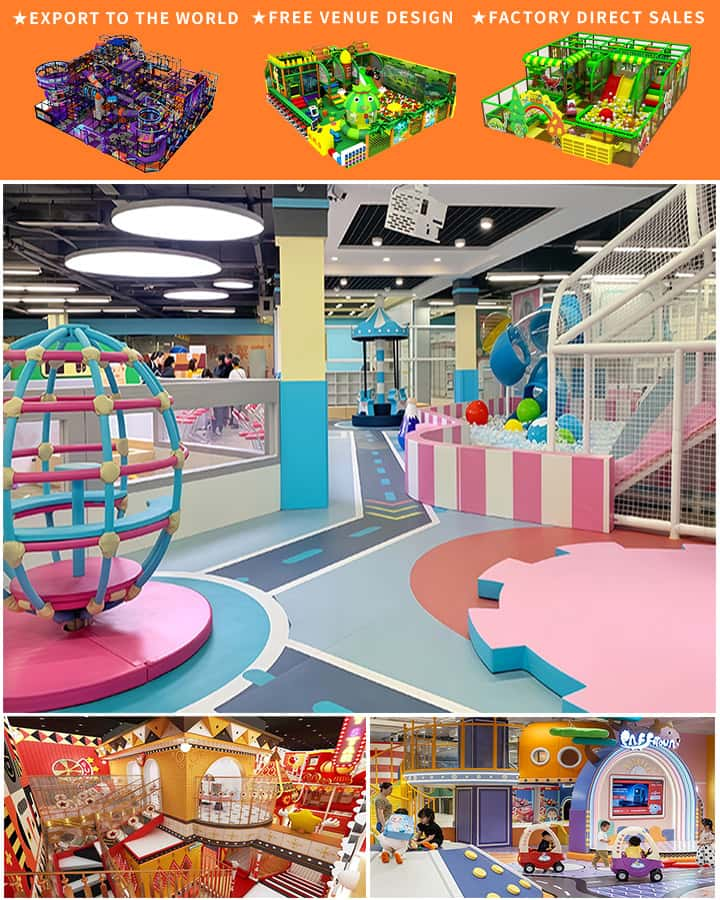Play is a fundamental part of childhood development, offering children opportunities to explore, learn, and grow. For children with autism, the right playground equipment can significantly enhance their play experience by addressing their unique sensory needs and fostering social interaction. In this article, we will delve into the importance of inclusive playground equipment and explore some innovative solutions designed to create welcoming and stimulating spaces for kids with autism.
The Importance of Inclusive Playgrounds
Inclusive playgrounds are designed to cater to all children, regardless of their abilities. These playgrounds provide an environment where children with autism can play, interact, and integrate with other children more easily. Traditional playgrounds might not always be suitable due to sensory overload or the potential for social exclusion. Therefore, creating inclusive spaces that consider the needs of children with autism is crucial for promoting their physical, social, and emotional well-being.
Key Features of Inclusive Playground Equipment
When designing playground equipment for kids with autism, certain features are particularly beneficial:
1. Sensory Considerations
Children with autism may have heightened sensitivities to sensory stimuli such as noise, light, and texture. Inclusive playground equipment should minimize overwhelming sounds and visual elements. Options like quiet swings, soft-textured slides, and shaded areas can provide a more comfortable play experience.
2. Calming Spaces
Integrating calming spaces within the playground allows children with autism to retreat if they become overwhelmed. Quiet zones equipped with gentle seating, soothing colors, and minimal distractions can offer a peaceful break from sensory overload.

3. Interactive Elements
Including interactive elements such as musical instruments, tactile panels, and simple puzzles can stimulate cognitive and fine motor skills. These features encourage exploration and learning in a fun, engaging manner.
4. Safety and Supervision
Safety is paramount for any playground, but especially for children with autism who may have difficulty understanding boundaries or navigating complex structures. Clear, visually distinct boundaries, soft flooring, and adequate supervision are essential to ensure a safe environment.
5. Social Integration
Playgrounds should facilitate social interaction and communication among children of all abilities. Inclusive equipment, such as group swings or cooperative play structures, encourages teamwork and helps build social skills.
Examples of Inclusive Playground Equipment
Here are some examples of playground equipment tailored for children with autism:
Sensory Swings
Unlike traditional swings, sensory swings come in various shapes (hammock, pod, and platform) and are often enclosed to provide a sense of security. They offer gentle movement which can be soothing for children with sensory sensitivities.
Tactile Pathways
Incorporating tactile pathways with different textures encourages barefoot exploration and enhances sensory perception. These paths can include materials like sand, grass, gravel, and rubber, allowing children to experience varying textures underfoot.
Quiet Play Areas
Dedicated quiet play areas feature muted colors, soft furnishings, and low-stimulation activities. These spaces are designed to reduce sensory overload and create a calm atmosphere where children can relax and recharge.
Adaptive Climbing Structures
Climbing structures with multiple entry and exit points, varying levels of difficulty, and clear handholds can accommodate children of different physical abilities. These designs support independence and confidence-building.
Musical Instruments
Outdoor musical instruments made from durable materials are great for sensory stimulation. Drums, xylophones, and chimes encourage auditory exploration and can be enjoyed individually or in groups.
Community Involvement and Advocacy
Creating inclusive playgrounds requires collaboration between communities, designers, and parents. Advocacy for accessible playgrounds ensures that children with autism have equal opportunities to enjoy outdoor play. By raising awareness and sharing resources, communities can champion the cause of inclusivity and work towards building playgrounds that cater to every child’s needs.
Conclusion
Playground equipment for kids with autism plays a vital role in promoting inclusive play and ensuring that all children have access to enriching and supportive play environments. By incorporating sensory considerations, providing calming spaces, and fostering social integration, we can create playgrounds where children with autism feel welcomed and valued. As communities continue to advocate for inclusive design, we move closer to a world where every child can experience the joy and benefits of play.




